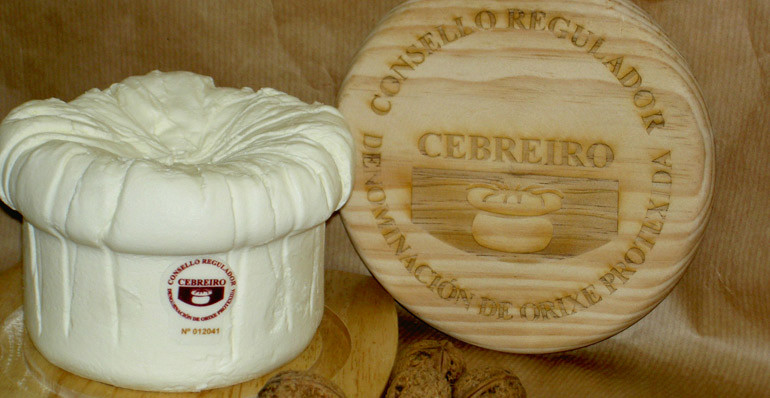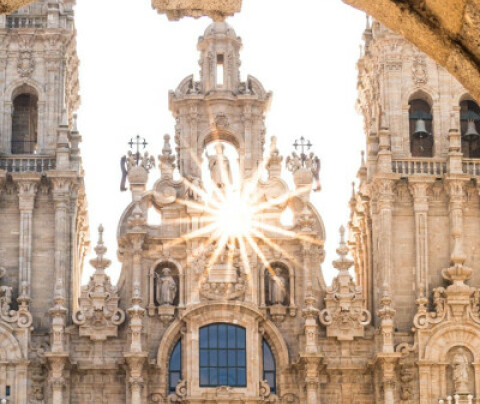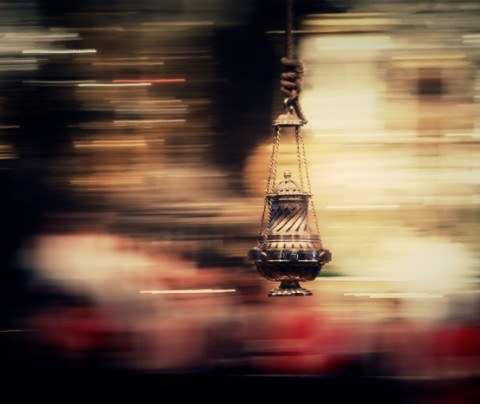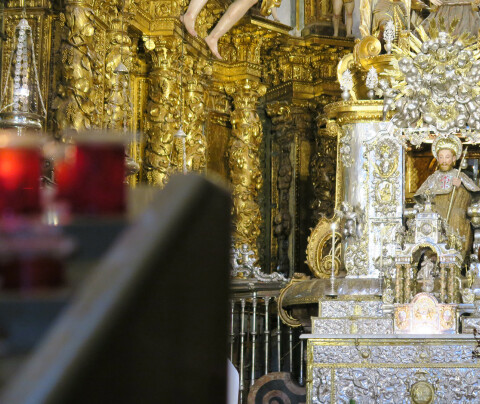Culture & Traditions of the Camino
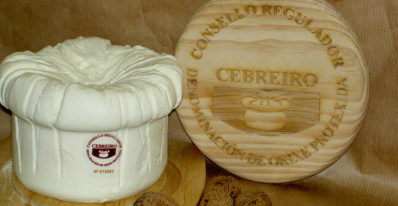
Gastronomy on the Camino de Santiago is as varied and rich as the places along the different routes to Compostela. A few weeks ago, we provided recommendations on what to eat on the Camino Francés, from Roncesvalles to Astorga; today, we'll continue perusing the menu and discover other delicacies further along the way.
We'll start in Ponferrada, passing the Maragatería and the Bierzo then moving onto Galicia until reaching the finish line of the Camino, Santiago de Compostela. Prepare your five senses... we're going back to the Gastrocamino!
1. The 'Maragatería' and its unavoidable traditional stew
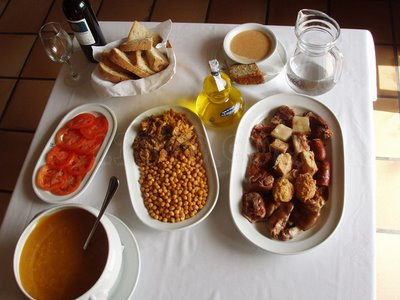 On the 21st stage of the French Way, between Astorga and Ponferrada, you will walk across the 'Maragatería', an area whose people traditionally lived off of trade between the coast and inland, especially Madrid, the city of the 'cats'. Hence, one of the theories surrounding the peculiar name of this region is that it comes from the fact that products went from 'the sea (mar) to the cattery (gatería)'.
On the 21st stage of the French Way, between Astorga and Ponferrada, you will walk across the 'Maragatería', an area whose people traditionally lived off of trade between the coast and inland, especially Madrid, the city of the 'cats'. Hence, one of the theories surrounding the peculiar name of this region is that it comes from the fact that products went from 'the sea (mar) to the cattery (gatería)'.
Local cuisine reflects the routine of the carriers that transported goods during long journeys. The Maragato stew is a prime example: it is a simple dish, without fancy ingredients, but provides the body with enough energy to withstand titanic travel days. Seems like the ideal food for pilgrims, right?
Our colleague, Emilio Seco, from the Astorga Post Office, recommends a stop in Castrillo de los Polvazares to eat traditional Maragato stew. You should know that this food is not just eaten any sort of way: to eat like a true Maragato, begin with a meat dish, follow that with chickpeas and end with soup.
2. The botillo of the Bierzo
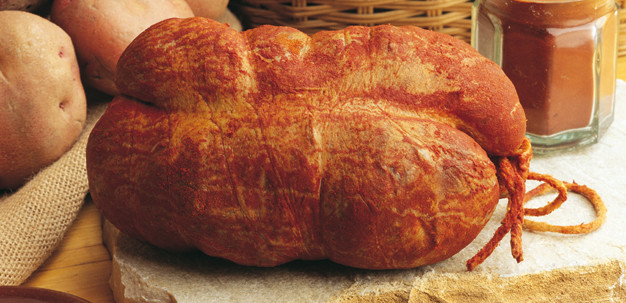 The stage between Foncebadón and Ponferrada is one of the hardest of the French Way, especially for pilgrims who begin the Camino in this area. At the very beginning we have to go up to Cruz do Ferro and also get through El Acebo pass. When we get to Ponferrada, we'll need a hearty meal to recover our energy.
The stage between Foncebadón and Ponferrada is one of the hardest of the French Way, especially for pilgrims who begin the Camino in this area. At the very beginning we have to go up to Cruz do Ferro and also get through El Acebo pass. When we get to Ponferrada, we'll need a hearty meal to recover our energy.
The Bierzo, with its unique climate and landscape, has a wide variety of foods: honey, chestnuts and walnuts, fruits, game, pork and veal, trout, pomace and spirits...but the crown jewel is the botillo recommended by Carlos Llanos, our Ponferrada colleague. This delicacy, with a preparation similar to that of chorizo, is made with pieces of chopped and stuffed pork that is then smoked and cured.
3. Visit a winery between Ponferrada and Villafranca del Bierzo
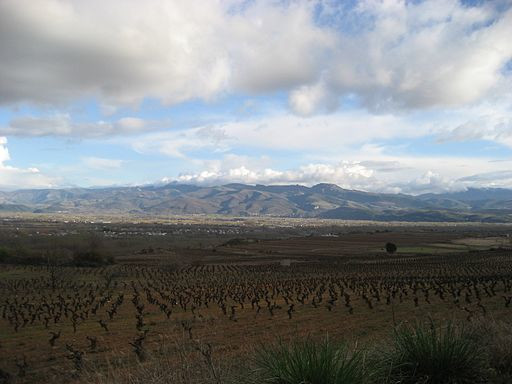 The best way to pair a botillo and other strong Bercian dishes is with a local wine, which since 1989 boasts its own Designation of Origin. The easiest thing to do is to order a glass the bar or restaurant where you're eating, or buy a bottle (or bottles) at the end of this stage in Villafranca.
The best way to pair a botillo and other strong Bercian dishes is with a local wine, which since 1989 boasts its own Designation of Origin. The easiest thing to do is to order a glass the bar or restaurant where you're eating, or buy a bottle (or bottles) at the end of this stage in Villafranca.
But if you like to know where your food and drink comes from, we suggest following the advice of Javier González, from the Villafranca Post Office: visit a local winery to see first hand the different grape varieties (Mencía for reds, Godello or Doña Blanca for whites, among others), manufacturing processes, machinery, etc. and, of course, the reward for all of this hard work: wine tastings.
4. O Cebreiro Cheese
In the remote village of O Cebreiro there are two things that every pilgrim must know: the legend of the Holy Grail and the local hand-made cheese, which also has a Designation of Origin, like the wines of el Bierzo. Regarding the former, theories are many and diverse. But concerning the latter, there is no doubt: you can't go down the Camino without having a taste. Especially since you'll need something to eat after getting up there!
Our colleague Juan Manuel Ferreiro, from the Becerreá Post Office assures us that that its texture and unique flavour makes it one of the best fresh cheeses in all of Spain. As if that weren't enough, the curious chef's hat shape is also interesting to note.
5. Sweet and savoury between Sarria and Portomarín
At this stage, we go from sweet to savoury and then back again. A gourmand's first stop should be in Paradela, where our colleague Laura López, who works at the Ponferrada Post Office, recommends trying the artisanal sweets from the local bakeries and patisseries.
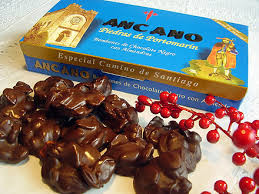 At the end of this stage, when in Portomarín, it is a good idea to try the fried eels, one of the most appreciated local specialities that some restaurateurs, like José Pérez López, have been preparing for several generations. José talks about the dish and its preparation in this video.
At the end of this stage, when in Portomarín, it is a good idea to try the fried eels, one of the most appreciated local specialities that some restaurateurs, like José Pérez López, have been preparing for several generations. José talks about the dish and its preparation in this video.
And for dessert.... some Stones of Portomarín. These local sweets are made in a fashion similar to the Rocas del Puy of Estella, which we discussed in the first instalment of this GastroCamino. The difference is the Portomarín variety uses whole almonds instead of hazelnuts.
6. La Plaza de Abastos in Compostela: a Galician product paradise
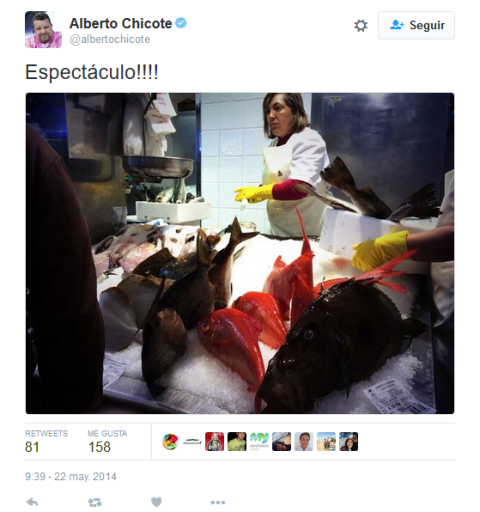 You’ve finally reached the end of the Camino... this calls for celebration! Congratulations, because you are in one of the best places in Galicia to relax and enjoy yourself.
You’ve finally reached the end of the Camino... this calls for celebration! Congratulations, because you are in one of the best places in Galicia to relax and enjoy yourself.
If you're surprised when we tell you that the Santiago City Market (or 'Praza de Abastos') is the most visited location after the Cathedral, it's because you simply haven't been there.
If its "praceiras" (workers of the 'Plaza'), products, ambiance and spirit could win the heart of the Spanish Chef Alberto Chicote (which is not an easy task), we're sure it can win yours too. And with only one visit to this cathedral of flavours, you'll have before you (and hopefully, soon after, inside you) the best Galician products: seafood, fish, cheeses, meat, vegetables, sweets, eggs, bread, etc.
In recent years another type of merchandise now complements traditional goods: ecological products, all kinds of artisanal trade and catering establishments that, of course, use the products bought daily in the Plaza.
If you've walked around the city, you may have noticed that it is full of bars. One of the liveliest streets is the Rúa da Raíña, in the old town and with a very Compostelana clientele. The mix of “old school” bars with other more innovative spots allows for you to try all kinds of tapas and food in just 100 metres of street. Let loose with tapas and this unique atmosphere...you've arrived at your destination and have the whole night to celebrate!
How to send your purchases from the Camino de Santiago
If you've decided to buy all the goodies you can possibly eat on the Camino Francés, at this point, your backpack will probably weigh more than you do...even if you've eaten many of these treats so you won't have to carry them ;-)
At the Post Office we don't want weight to be an impediment for anyone who wants to enjoy the Camino. That is why we have several options so that you can buy things without having to carry them.
- If you buy something in one of our Friendly Shops, you'll be able to send everything you've purchased directly from the desk in official Post Office packaging.
- You can also ship from the local Post Office wherever you may be. Be mindful of the different hours!
- If you have been packing your backpack with gifts and you don't want to carry so much weight, we can help with the Rucksack Transfer Service, caring for your luggage until your next step.
Whatever the case, remember that the Camino Post Office has many options to make your sure your experience is one of a Buen Camino... in every sense!
Your email address will not be published.
Mandatory fields are marked with *




